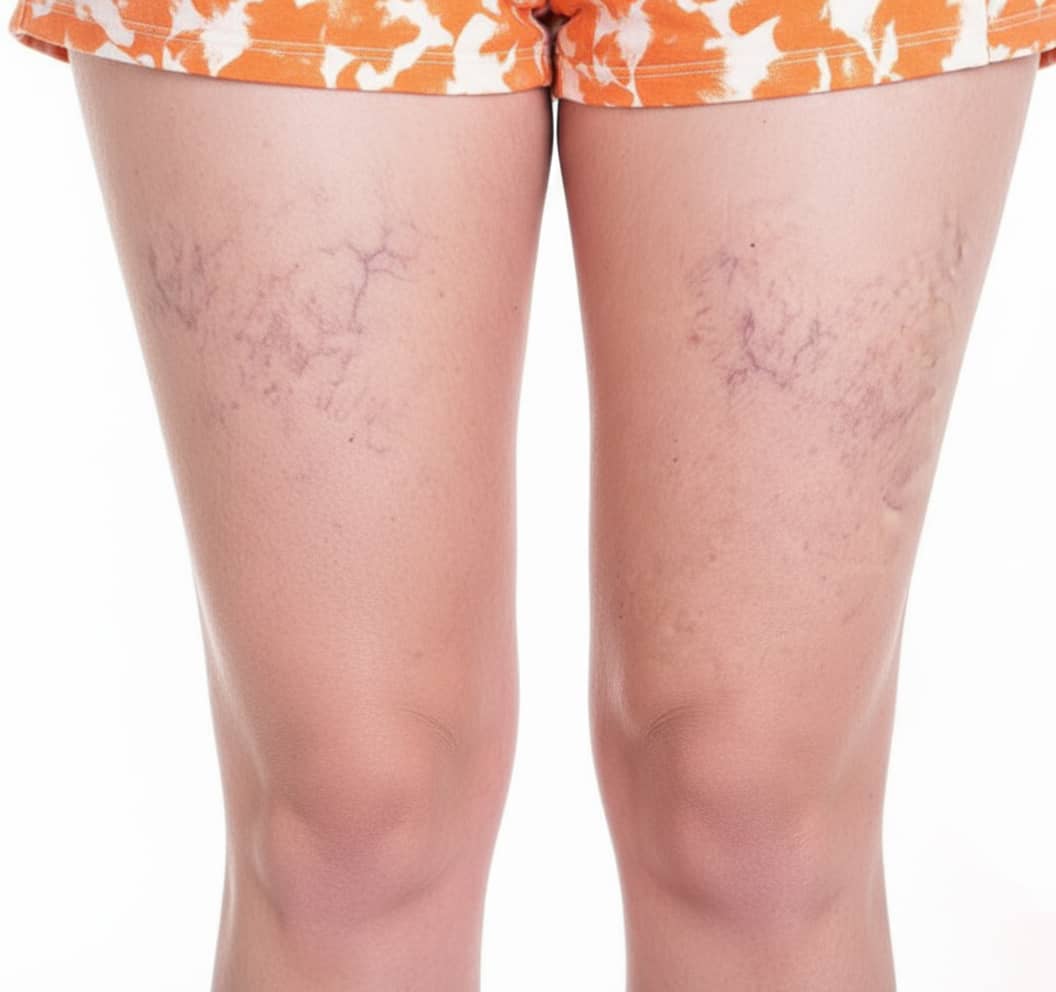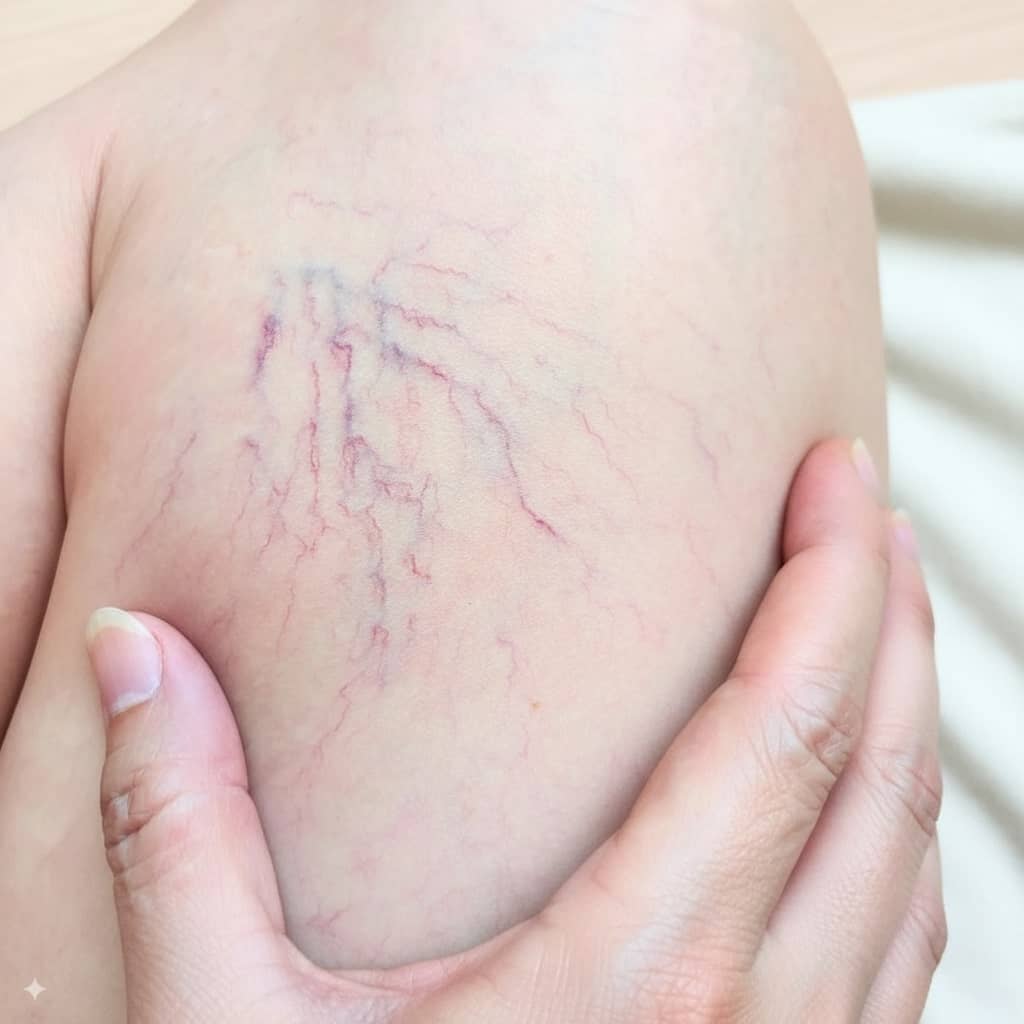Laser Hair Removal vs. Traditional Hair Removal Methods: Which Is Better?
Unwanted hair is a common concern for many people, leading them to explore various hair removal options. While traditional hair removal methods like shaving, waxing, and depilatory creams have been popular for decades, laser hair removal is becoming increasingly sought-after due to its long-term benefits. In this blog, we will delve into a comprehensive comparison between laser hair removal and traditional methods to help you determine which option might be better suited for your needs.
1. Understanding the Basics
Laser Hair Removal
Laser hair removal is a medical procedure that uses concentrated beams of light (laser) to target hair follicles. The pigment in the hair absorbs the light, which then converts to heat and damages the follicle, inhibiting future hair growth. It is commonly performed in multiple sessions, as hair grows in different cycles, and the treatment is most effective during the growth phase.
Traditional Hair Removal Methods
The term “traditional hair removal methods” encompasses several techniques that are widely practiced:
- Shaving: Involves using a razor to cut hair at the skin’s surface. It’s a quick and painless method but requires frequent upkeep.
- Waxing: Uses warm or cold wax applied to the skin, which is then removed, pulling hair from the root. It provides longer-lasting results than shaving.
- Depilatory Creams: Chemical-based creams that dissolve hair at the surface of the skin. These creams are typically easy to use but can cause irritation.
- Plucking/Epilating: Uses tools like tweezers or an epilator device to pull hair from the root. It is more suitable for smaller areas like eyebrows or the upper lip.
2. Effectiveness in Hair Removal
Laser Hair Removal
- Pros:
- Targets hair follicles directly, leading to long-term reduction or permanent hair loss after multiple sessions.
- Can be used on most body parts, including large areas like the legs, back, and chest.
- Reduces the chances of ingrown hairs compared to shaving or waxing.
- Cons:
- Effectiveness may vary based on skin type, hair color, and laser technology used. Darker, coarse hair responds best.
- Multiple sessions (usually 6-8) are required to achieve significant results, as hair must be treated during its growth phase.
Traditional Hair Removal Methods
- Shaving:
- Pros: Provides instant results and is suitable for all hair types.
- Cons: Hair regrows quickly (within 1-3 days), and it may cause skin irritation, razor burns, and ingrown hairs.
- Waxing:
- Pros: Removes hair from the root, resulting in smoother skin that can last 3-6 weeks.
- Cons: Can be painful, may cause skin irritation, and needs to be repeated every few weeks.
- Depilatory Creams:
- Pros: Offers a painless method for removing hair, with results lasting slightly longer than shaving.
- Cons: Strong chemicals can cause irritation, especially for sensitive skin. Hair regrowth occurs within a week.
- Plucking/Epilating:
- Pros: Suitable for small areas, providing longer-lasting results than shaving (up to 4 weeks).
- Cons: Time-consuming, painful, and can lead to ingrown hairs.
3. Pain and Discomfort
Laser Hair Removal
- During laser hair removal, a sensation similar to a rubber band snapping against the skin is common, along with a feeling of warmth. Modern laser technologies often come with cooling mechanisms to minimize discomfort.
- The level of pain varies depending on the treatment area, skin sensitivity, and hair thickness. In comparison, it is often described as less painful than waxing but more uncomfortable than shaving.
Traditional Hair Removal Methods
- Shaving: Typically painless, though it may cause minor cuts, razor burns, or skin irritation if not done properly.
- Waxing: Known for being painful, as hair is pulled out from the roots. Pain levels can vary based on the area being waxed and individual pain tolerance.
- Depilatory Creams: Generally painless, but there can be a burning or tingling sensation, especially if the cream is left on too long.
- Plucking/Epilating: Can be quite painful, especially when removing coarse or thick hair.
4. Cost Comparison
Laser Hair Removal
- Initial Investment: The upfront cost of laser hair removal is higher, with prices ranging from $750 to $230 per session, depending on the area treated and the number of sessions needed.
- Long-Term Cost Efficiency: Although the initial cost is higher, it is often more cost-effective in the long run due to the permanent reduction in hair growth. Fewer maintenance sessions are needed over time.
Traditional Hair Removal Methods
- Shaving: Low cost, requiring only razors and shaving cream. However, frequent replacement of razors adds up over time.
- Waxing: Professional waxing can cost $30-$100 per session, depending on the area. DIY waxing kits are cheaper but may not provide salon-quality results.
- Depilatory Creams: Typically inexpensive, though frequent use increases costs over time.
- Plucking/Epilating: Minimal costs are involved, mainly for purchasing tweezers or an epilator device.
5. Safety Considerations
Laser Hair Removal
- Pros: Safe when performed by a trained professional using appropriate laser settings for the individual’s skin and hair type.
- Potential Side Effects: May include temporary redness, swelling, and hyperpigmentation. Rarely, blistering or scarring can occur if the laser is not used correctly.
- Safety for Skin Types: Newer laser technologies, like Diode or Nd
, are safer for darker skin tones. Alexandrite lasers are typically used for lighter skin types.
Traditional Hair Removal Methods
- Shaving Risks: May cause razor burns, cuts, and ingrown hairs. Using a dull razor increases the risk of skin irritation.
- Waxing Risks: Can lead to skin irritation, burns (if wax is too hot), or allergic reactions to wax ingredients.
- Depilatory Cream Risks: The chemicals in these creams can cause skin irritation, burns, or allergic reactions, particularly on sensitive skin.
- Plucking/Epilating Risks: Commonly causes pain, redness, and ingrown hairs.
6. Long-Term Results and Maintenance
Laser Hair Removal
- Long-Term Solution: After completing the recommended sessions, many clients experience significant hair reduction. Occasional maintenance sessions (1-2 times a year) may be required.
- Permanent Hair Reduction: While it may not guarantee 100% hair removal, laser treatment provides the closest option to permanent reduction, especially on dark, coarse hair.
Traditional Hair Removal Methods
- Shaving and Depilatory Creams: Provide only short-term results, requiring frequent maintenance.
- Waxing and Plucking: While they offer longer-lasting results than shaving, they still need to be repeated every few weeks.
- Long-Term Considerations: Traditional methods can become a repetitive and costly cycle over time, with no permanent hair reduction.
7. Suitability for Different Areas
Laser Hair Removal
- Effective for large areas (legs, back, chest) as well as smaller, sensitive areas (bikini line, underarms, face). The ability to target specific hair follicles makes it versatile for almost any body part.
Traditional Hair Removal Methods
- Shaving: Suitable for most areas but not ideal for delicate facial skin due to irritation risk.
- Waxing and Plucking: Great for small areas but less practical for large surfaces.
- Depilatory Creams: Convenient for larger areas like legs but should be used cautiously on sensitive skin.
8. Environmental and Lifestyle Considerations
Laser Hair Removal
- Eco-Friendly: As a semi-permanent solution, it reduces the need for disposable products like razors, shaving creams, or wax strips, making it a more environmentally friendly option.
Traditional Hair Removal Methods
- Waste Generation: Shaving and waxing create waste from disposable razors, shaving foam cans, waxing strips, and containers for depilatory creams.
- Convenience: Shaving and depilatory creams are portable and do not require professional appointments, making them convenient for travel.
Conclusion: Which Is Better?
When choosing between laser hair removal and traditional methods, consider factors like cost, pain tolerance, long-term goals, and lifestyle preferences.
- Laser Hair Removal: Best for those seeking a long-term solution to reduce hair growth significantly. The initial investment pays off in terms of time and cost savings over the years, and it’s ideal for individuals who experience frequent ingrown hairs or irritation with traditional methods.
- Traditional Hair Removal Methods: Suitable for those who prefer lower upfront costs, need a quick-fix solution, or are not candidates for laser treatments due to specific skin or hair conditions.
Ultimately, the choice depends on your priorities: if convenience and cost-efficiency over the long term matter most, laser hair removal is likely the better option. For those who prefer familiar methods or want temporary results, traditional hair removal techniques will suffice.
Consider consulting a professional to discuss personalized hair removal plans based on your skin type and hair characteristics to achieve the best results.







